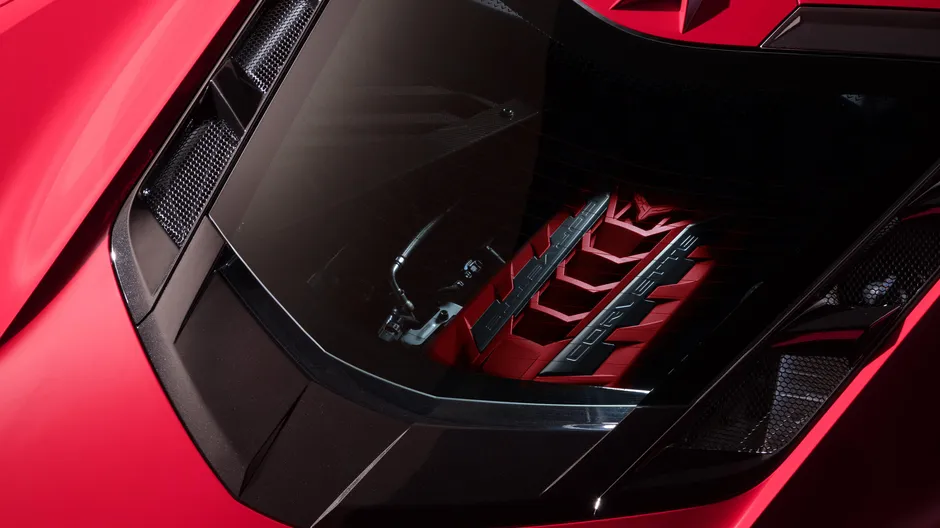Chevy’s main factor for producing the C8 Corvette center-engine was enhancing grip. Placing more weight on the wheels provides the new Stingray angry straight-line performance and ferocious grip leaving a corner. Yet there were other advantages to the relocation that you might not have expected.
Chevy invited journalists to the GM Performance and Racing Center of Pontiac of Michigan, for a dive inside the drivetrain powered by the C8 Stingray. Over there, we recognized the several methods that the little block has advanced in its role inside the center-engine Vette.
If you have driven the C7 Stingray, you have possibly valued the vehicle’s surprisingly reduced hood line, which offers a wonderful ahead presence. GM’s pushrod engine is shorter compared to the normal overhead-cam engine, letting to a well-reduced hood. The C7’s developers enhanced this by snugly loading the engine area, utilizing a small low-growth intake manifold over the naturally desired LT1 V-8.
To read about Corvette C8 more deeply, please visit C8 Corvette Blog.
There’s no such packaging compromise with the LT2 powering the C8. Since the center-engine Vette positions its engine so reduced in the body, Chevy had more room over the engine piece. The intake manifold of C8 has a capacity of 14.1 liters, contrasted to 11.1 liters over the C7’s LT1. Also, where the LT1 are having smaller consumption joggers on cylinders 2-7, including engine-mounted pumps, the C8 has equivalent-length runners over every cylindrical tube.
The result is that the LT2’s new consumption manifold enables the engine to make roughly 3% extra peak power than the same engine fitted with the LT1 consumption, with boosted torque on top of the power band. The catalytic converters get placed near the exhausting ports, assisting to minimize cold-start exhausts. The new stimulants enabled Chevy to enhance exhaust shutoff lift by 1 mm, as well as period by 18 degrees, for more exhaust circulation.
A couple of engine elements carried over, like the pistons, as well as poles, but this philosophy of tiny changes specifies the development from LT1 to LT2. Overall, when outfitted with the choice presentation exhaust system, the C8 Stingray LT2 has 495 hp, as well as 470 lb/ft of torque, with enhancements of 35 hp and 5 lb/ft over the C7’s LT1.
All C8 Stingrays utilize dry-sump lubrication, a function that had not been supplied on the base model of the C7s. The oil storage tank of LT2 holds 2.25 quarts and is less compared to the LT1’s dry sump, yet improvements to the system suggest that less of that oil is caught up in the pumping system at any provided moment. Chevy states there are two more quarts of oil streaming via the engine at max RPM.

